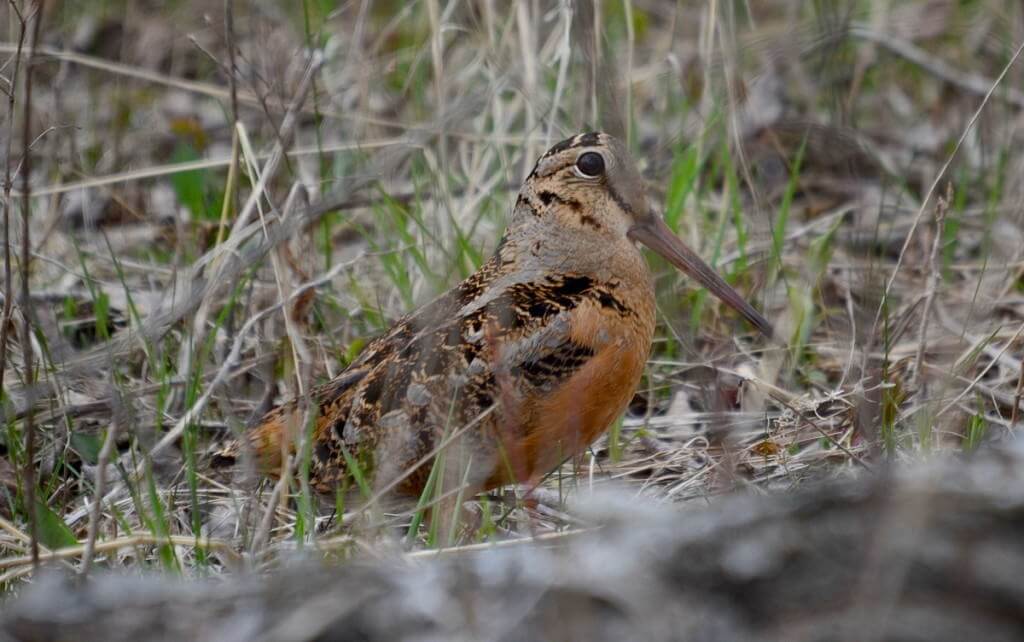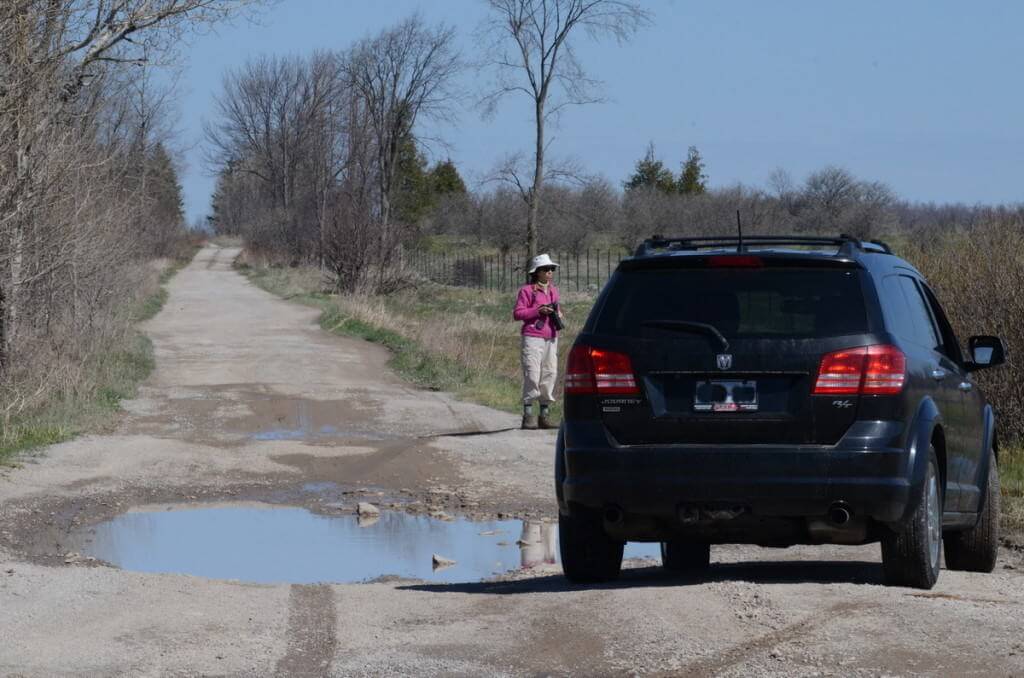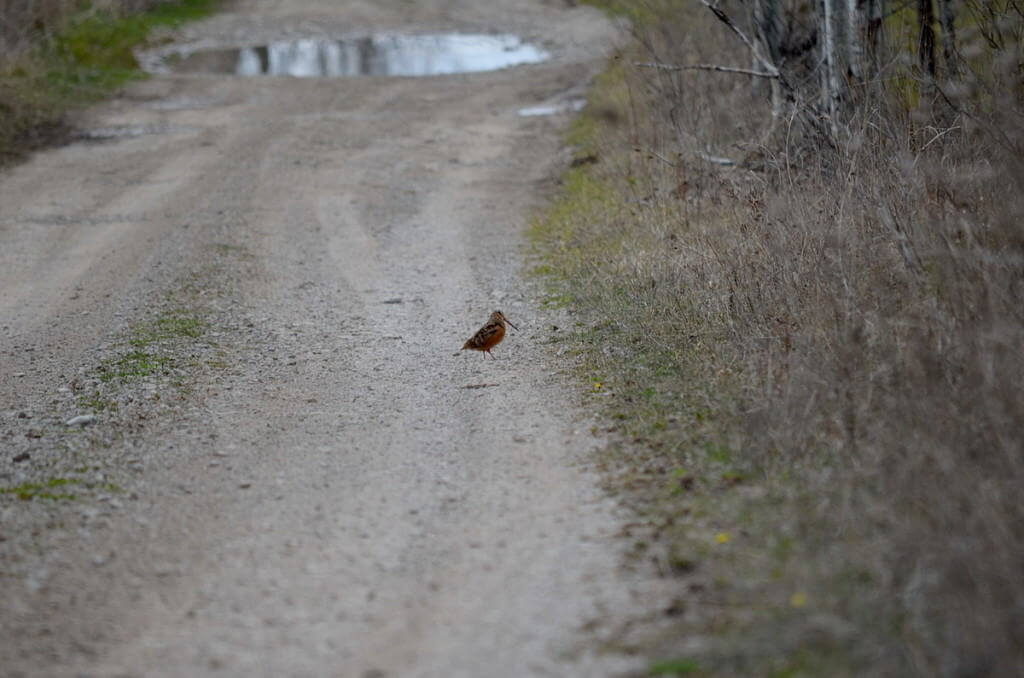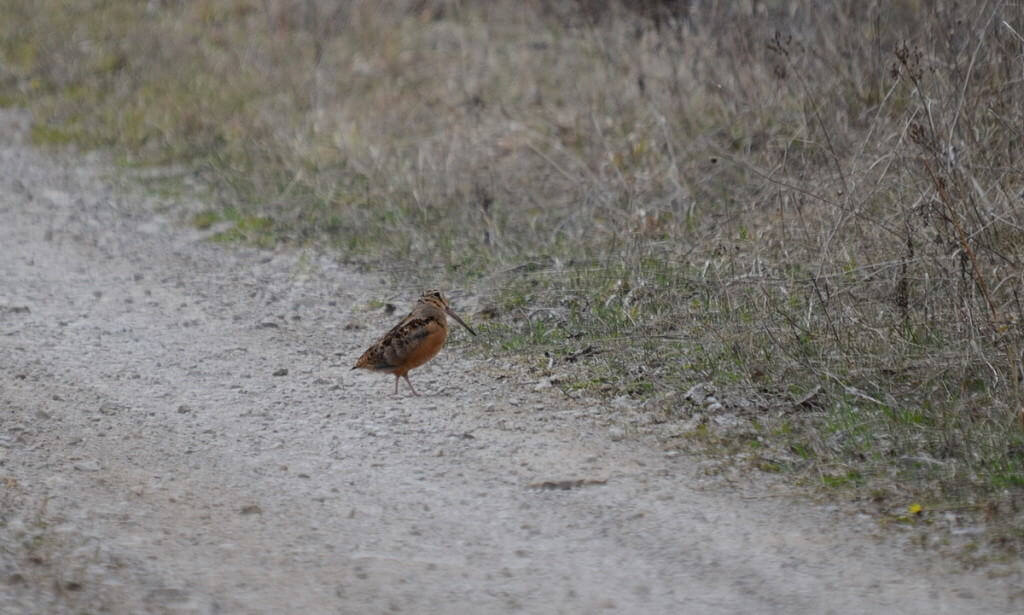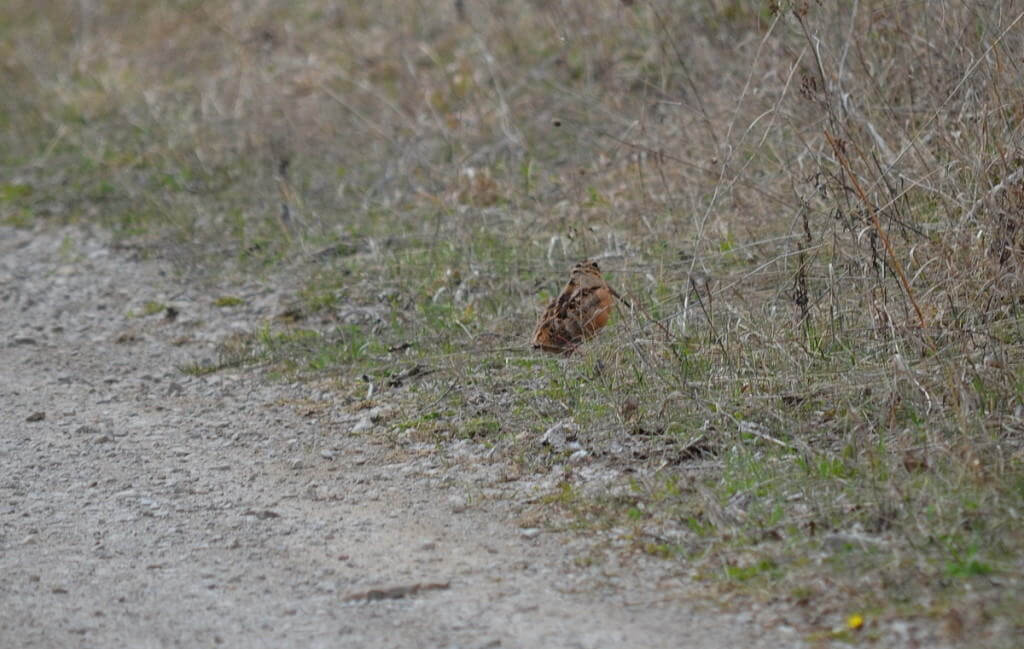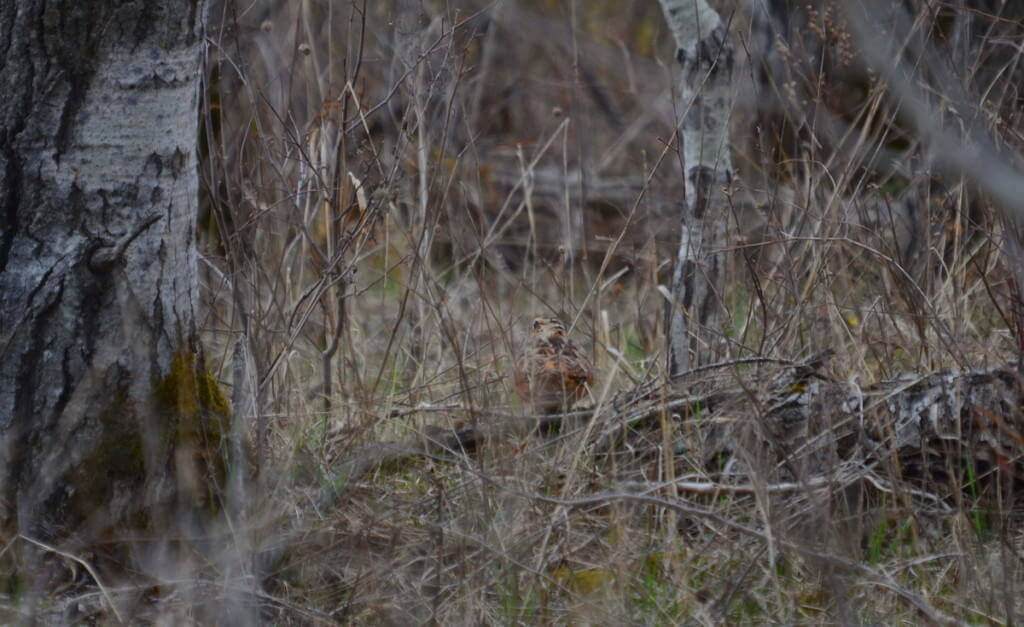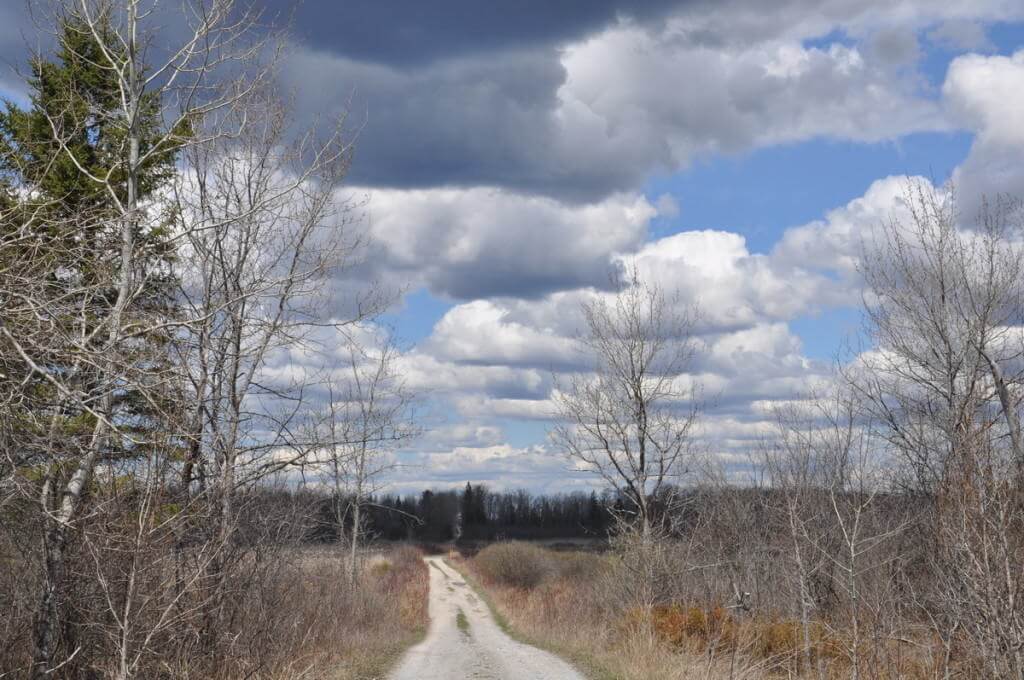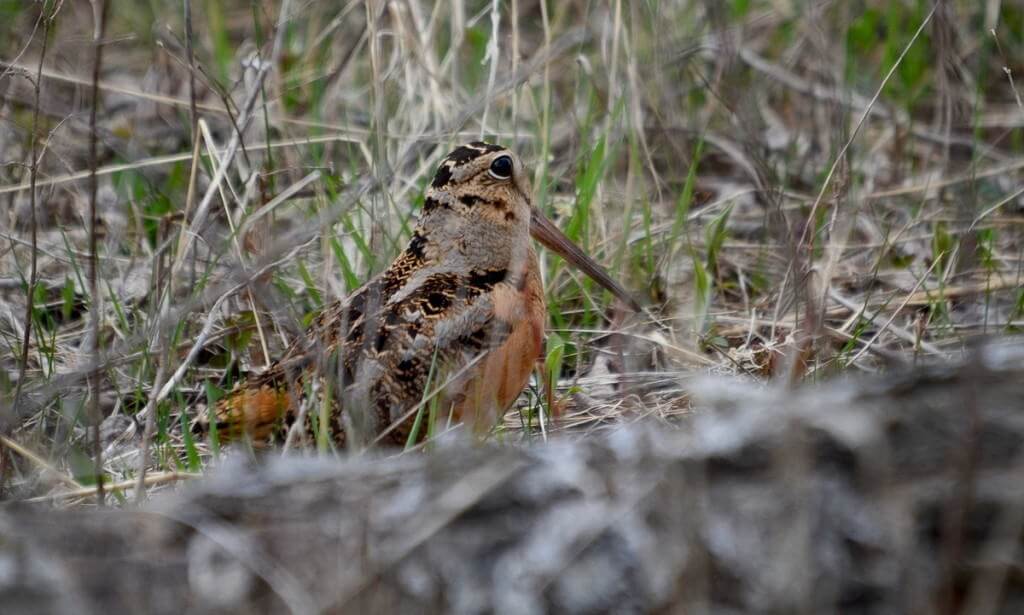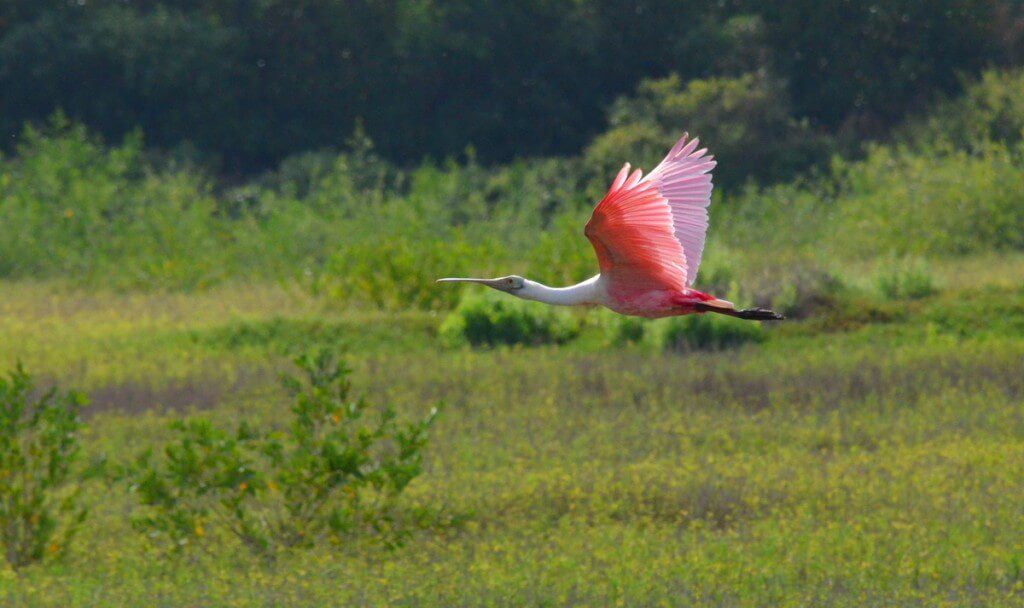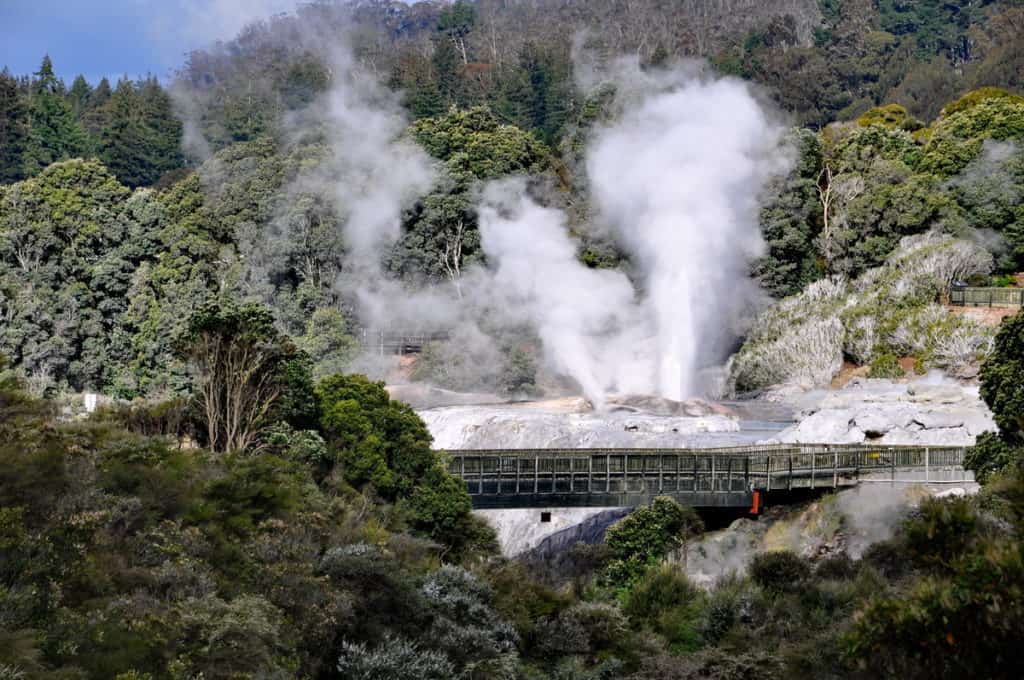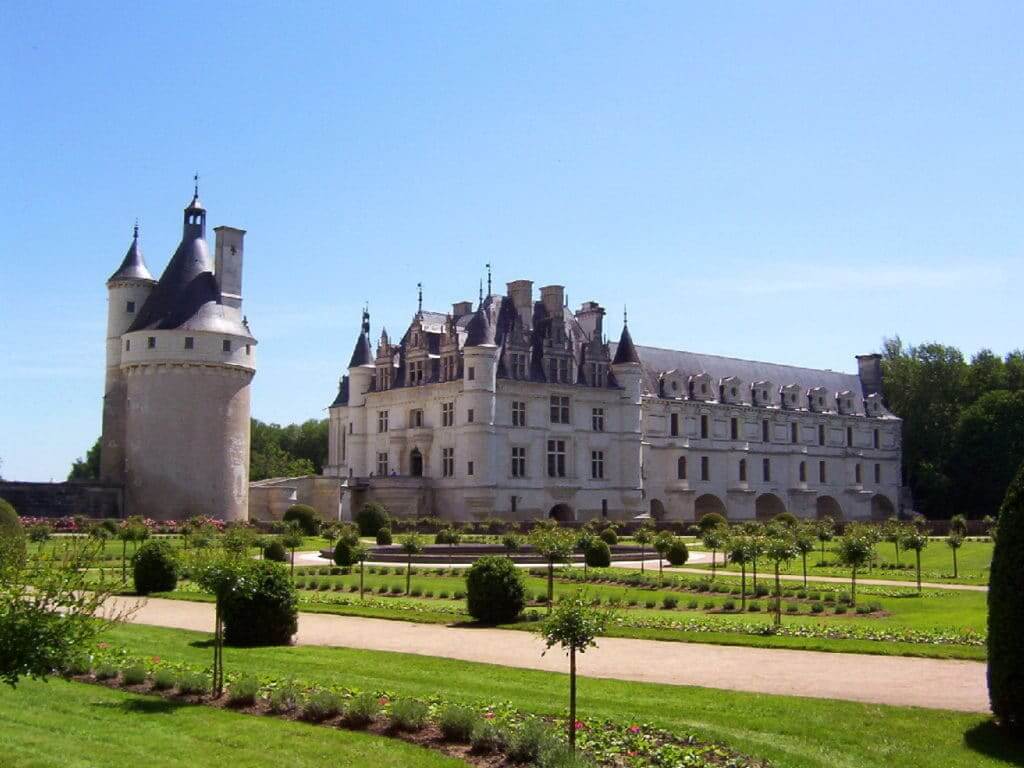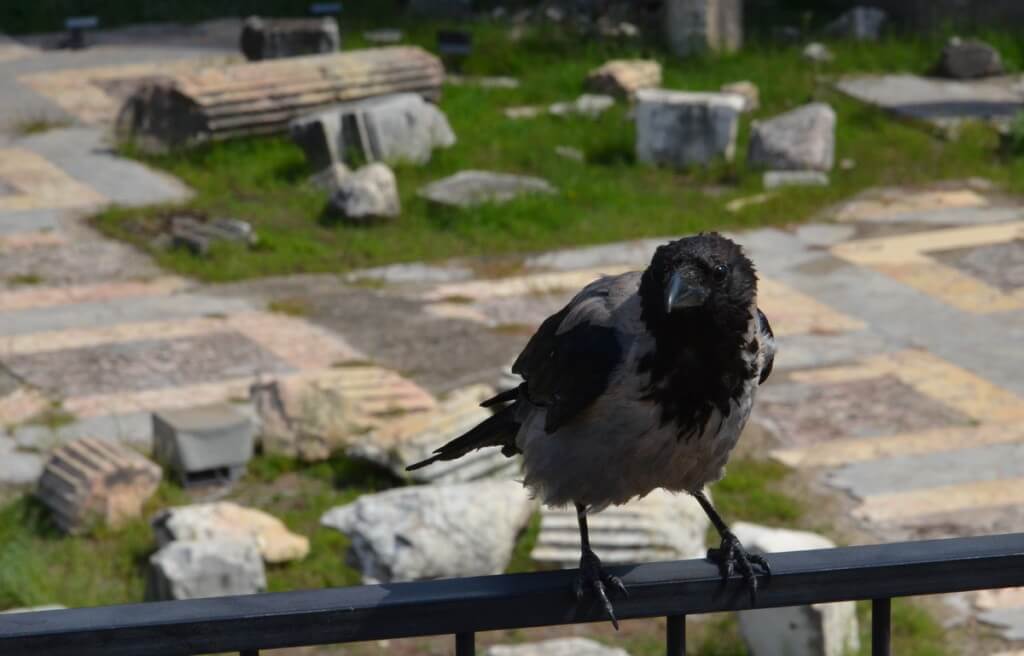American Woodcock At The Carden Alvar
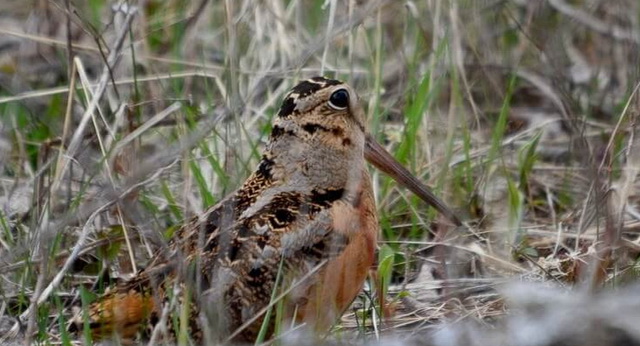
Our anticipation ran high the night before our first visit to the Carden Alvar that is located northeast of Toronto, Ontario. We had our alarm set for 5:45 a.m. but I woke up at 5 a.m. and couldn’t get back to sleep. We were on site by 8:30 a.m. and spent hours touring the area. It was around mid-afternoon that we came across an American Woodcock, and the sighting pretty much made our day!
As recommended, we had been making frequent stops along one of the roads that bisects the region of the Alvar Plain, and Bob and I compared the whole experience to the driving safaris that we did in Africa. Stepping from the car, we found the air filled with high-pitched choruses of frogs that lay hidden in the flooded ditches.
Elusive Wilson’s Snipes were making an array of calls that included haunting whirrs reminiscent of sounds we heard in the Amazon jungle. Savannah Sparrows sang up a storm, throaty checks from Red-winged Blackbirds, and a Downy Woodpecker knocking on dead wood all contributed to the cacophony. And we were delightfully alone for the experience.
After spending a considerable time observing a pair of Eastern Bluebirds, we poked along the road until we saw in the distance the distinctive outline of some sort of sandpiper. Thinking it was a Wilson’s Snipe, although that would be rather unusual since every one we had seen up to that point was either flying or sitting almost undetectable in underbrush and dried grass, we slowed the car to a halt and slid from our seats quickly and quietly.
The American Woodcock moved very slowly in the characteristic bobbing strut that they employ when walking. I was struck by the gorgeous copper colour on its underparts, and of course, the Woodcock’s eyes placed far back on its head and its very long, straight bill are fascinating features that enable the Woodcock to watch for danger even as it probes soft mud for earthworms.
Seemingly in no hurry, the American Woodcock moseyed off the road giving us a nice view of the plumage on its back, a cryptic blend of brown, grey and black that enables a Woodcock to essentially disappear when huddled in the weathered leaf litter of its forest habitat.
It was rather comical to watch the American Woodcock navigate over a small fallen tree trunk given the bird’s short legs and squat rotund shape.
It is customary for a Woodcock to remain hidden throughout the day, so we guessed that the heavy cloud cover fooled the bird having amassed to such an extent over the course of the afternoon as to simulate dusk.
The conditions provided by the Carden Alvar are exactly what an American Woodcock would find ideal…wet thickets and brushy swamps where there is a combination of dense young forest and open fields. Its choice of habitat led to its name, Woodcock, but I favour one of the more colourful monikers, timberdoodle, which I think is also a nod at its unusual gait. Seeing this bird was so exciting!
You May Also Enjoy:
Our grape escape, helping with the grape harvest in Tuscany
Roseate Spoonbills in the Shrimp Ponds at San Blas
Geothermal Wonders at Te Puia Geothermal Preserve, New Zealand
Our time among the Romantic Loire Valley Castles in France
Hooded Crows Among the Ancient Ruins of Rome

